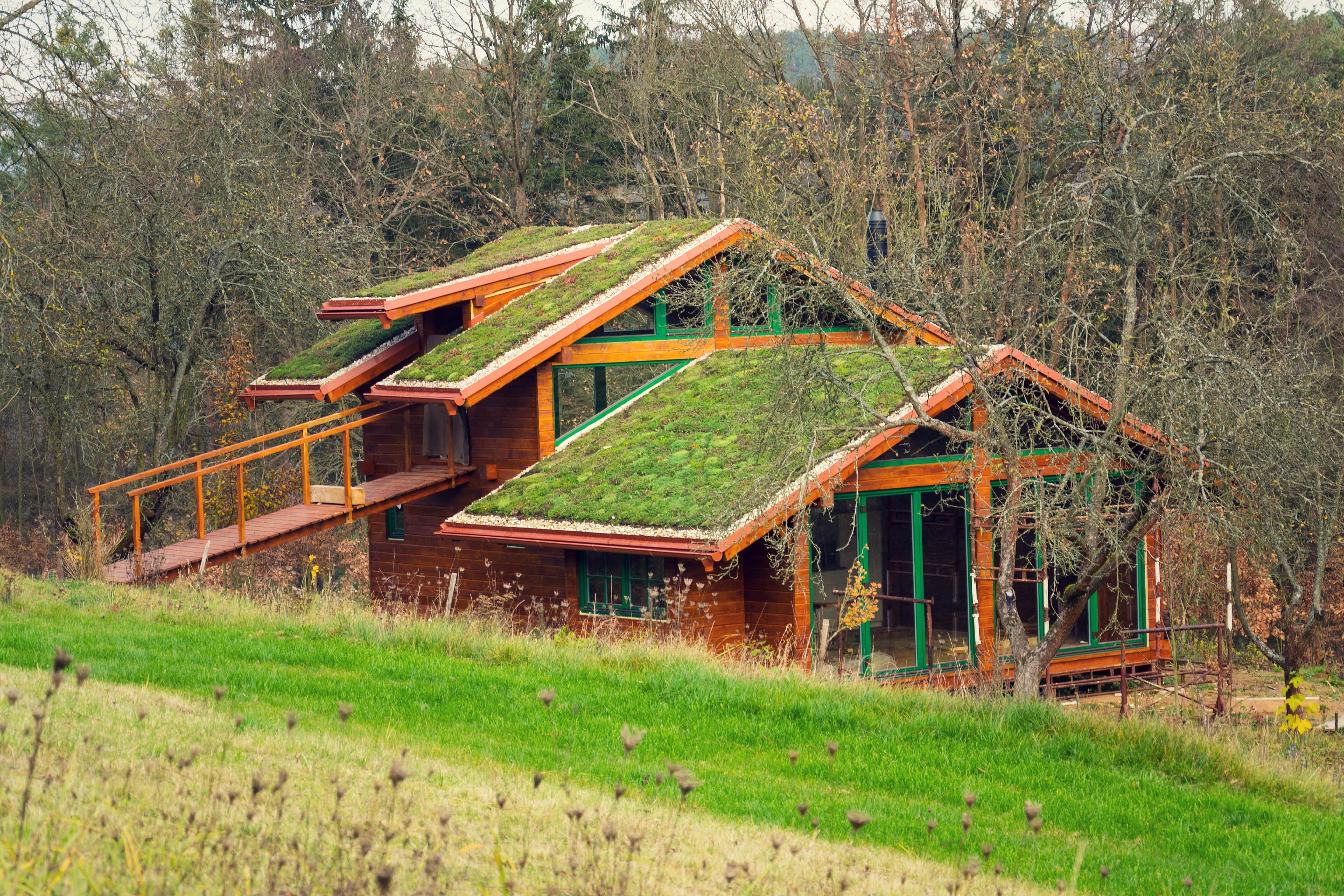Best Sustainable Practices in Architecture
Read the featured articleThere’s never been a better time to commit to sustainable practices in all aspects of your life, especially for architecture and construction. As the world becomes more aware of the importance of sustainable practices, it’s becoming increasingly easier to apply these practices to your projects. In this article, we’ll explore some of the best sustainable architecture features that will transform your next project.
The importance of committing to sustainable practices is more relevant today than ever before. A common doubt is how to achieve sustainability in architecture and using sustainable practices in your next architectural or construction project may seem daunting, but don’t worry. Take a look at the five strategies we’ve outlined below that will help you stick to your goals and contribute to a more sustainable world.
Passive Design
Our first strategy might be the simplest - use what the world gives you! Passive sustainable design means strategically designing your building to make the most of what is naturally available to you in the space. What does this mean? Try including lots of windows in spaces that receive lots of natural sunlight to reduce electricity costs. Smart window placement can also help increase the space’s ventilation.
Active Design
Once you’ve designed your project taking sunlight and window placement into account, ensure that the materials you choose are the best for your design. Choosing high-efficiency materials and systems that have a limited impact on the environment are great ways to actively work with the environment to ensure you are committed to sustainable architecture practices. In addition, making sure that your materials are well-insulated and weather/water resistant will decrease energy costs.
Consult with energy experts to ensure that the following systems are as high-efficiency as possible:
- HVAC
- Plumbing
- Electrical
- Walls
- Floors
- Ceilings
Renewable Energy
Thankfully, we don’t have to rely on man-made energy for our entire architectural project. Renewable energy systems that use natural energy from the sun and wind are fantastic ways to harness the energy that naturally surrounds us to limit our environmental footprints. Renewable energy strategies are frequently used with passive strategies, placing solar panels in places that receive lots of sunlight.
Sustainable Materials
Although all the above strategies are beneficial for the environment, the most important is choosing sustainable materials for your project. It's simpler than it sounds; use materials from renewable sources that also have a positive impact on your carbon footprint. Poplar is a fast-growing species that actually gives back to the environment through increasing the biodiversity of its habitat, consuming carbon dioxide from the atmosphere, and providing jobs for local communities. Another key factor is choosing long-lasting, quality materials. Materials that have to be replaced or repaired constantly use more resources and create waste. Ensure that the products you choose are well-made and will last the test of time.
Planning
Finally, all sustainable projects are well-planned from the beginning to eliminate unnecessary waste. One of the biggest contributing factors to the decline of the environment is waste; planning your supply needs from the beginning and buying and using only the absolutely necessary will help decrease waste - and of course, decrease the price of your project. Garnica’s plywood is particularly effective at waste reduction thanks to its customizable nature that comes in a wide variety of sizes, even XL!

At Garnica, we are committed to sustainable practices throughout the entire plywood supply chain - from the tree to your finished product. We’re here to help you choose the right materials for you so that you can join our commitment to sustainable architectural practices. Contact us today to get started on your sustainable journey.
